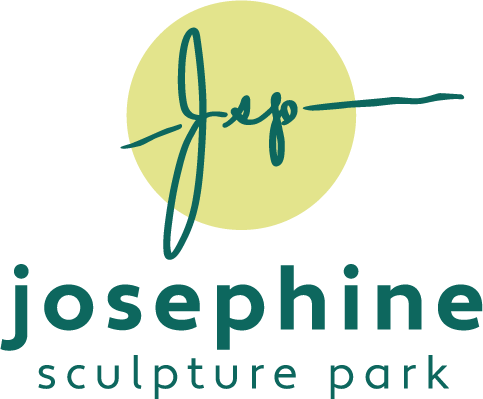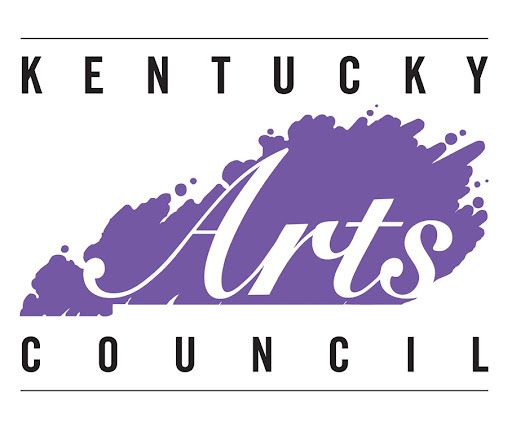JSP's Karen Lanier learns the process of interpretive planning with the National Association for Interpretation (NAI)
In September, I had the opportunity to attend a training that I’d been interested in for many years, the Process of Interpretive Planning, conducted by the National Association for Interpretation (NAI). Their definition of interpretation is “a mission-based communication process that forges emotional and intellectual connections between the interests of the audience and meanings inherent in the resource.” An interpretive plan provides an information network of opportunities for visitors to engage at different levels.
My work as a park interpreter began 25 years ago, and guiding visitors to connect with their culture and environment through meaningful experiences has been a thread throughout my career in various ways. Joining 15 other students in learning how to create an interpretive plan reinforced what I’ve been practicing and taught me new skills to apply at Josephine Sculpture Park.
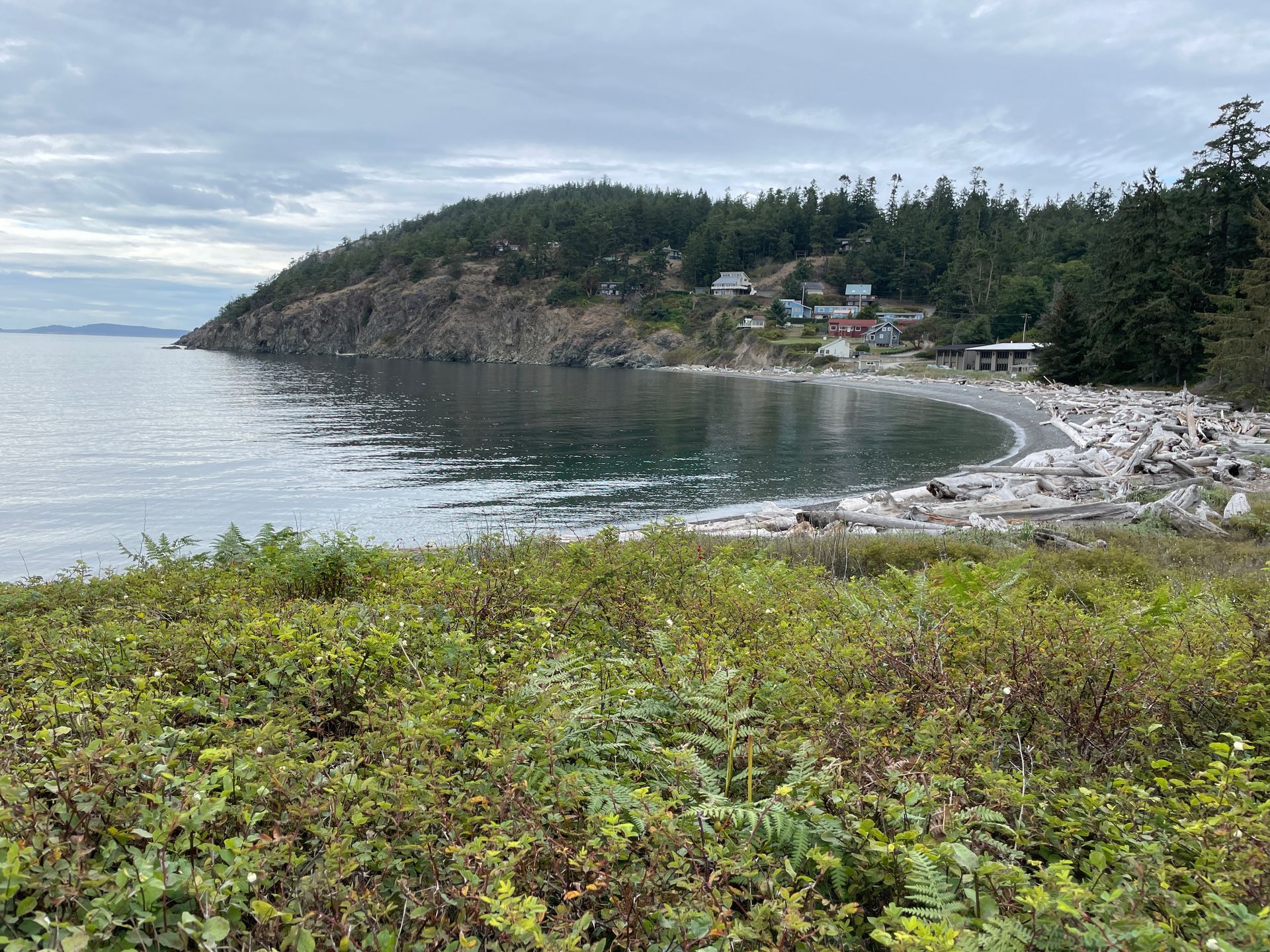
The training I attended was held at Deception Pass State Park in Washington. Our teacher, David Bucy, grouped us into teams, and each focused on developing a visitor experience for a certain section of the park. My team collaborated on a plan to revamp a historic Civilian Conservation Corps (CCC) museum, situated along a beautiful coastline with green open space. We observed families, nature preschools, and older visitors enjoying picnics and exploring the aging museum exhibits. Our group was assigned a particular audience that our plan would serve: a family with children ages 5 and 9, from a suburban area within a few hours’ drive. This helped us direct our numerous brainstorms and daydreams into an actionable set of recommendations.
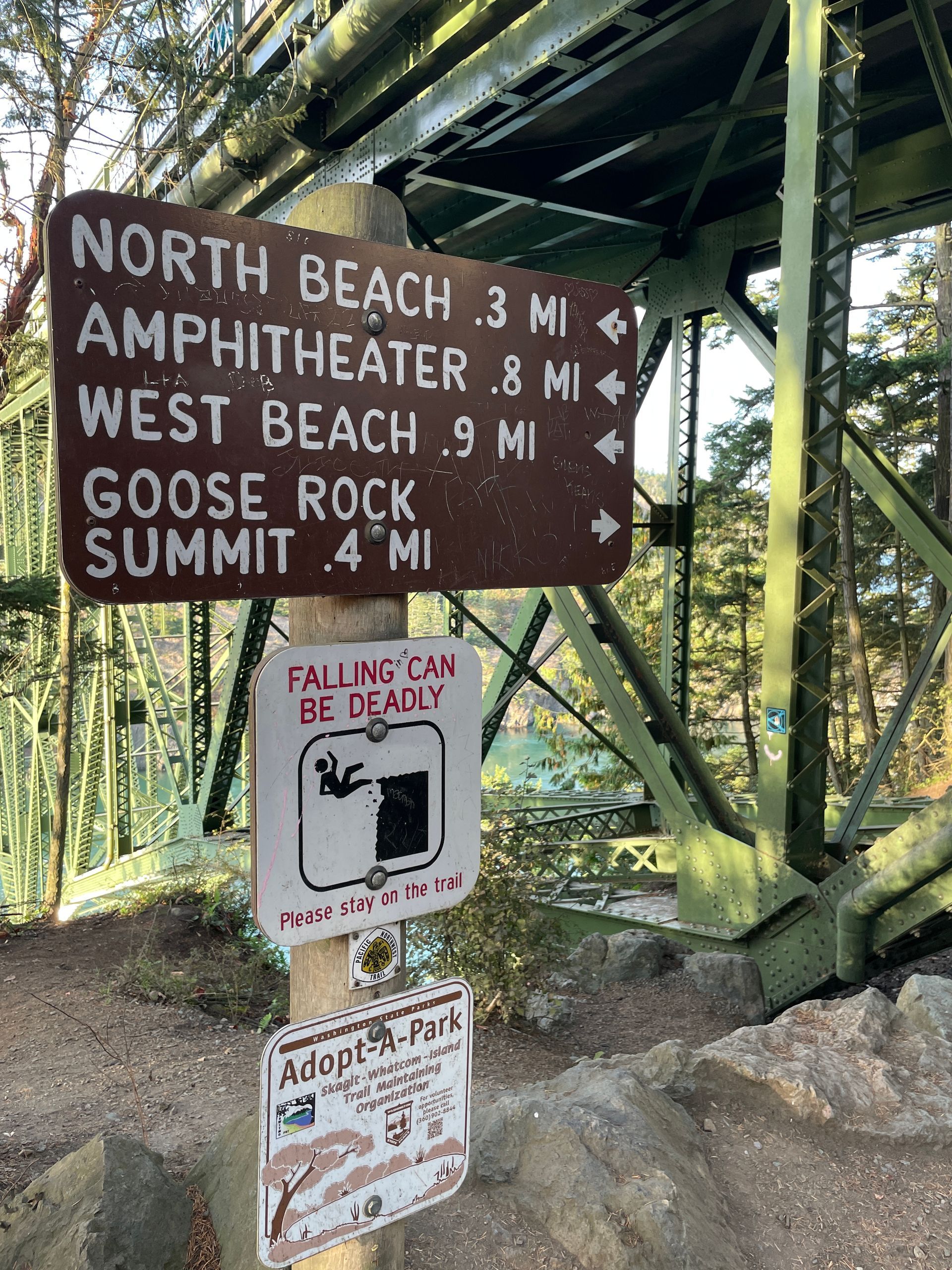
It was fun to reimagine all the possible ways a young family could enjoy the space. We played with ideas about sensory trails, augmented reality apps, and living history experiences that replicate CCC camp work, including sawing logs and building stone walls. When we came back down to reality, we addressed the limitations of a vulnerable archeological site with a small budget and few staff.
An interpretive plan is a communication tool for meeting management goals, including trip planning, wayfinding, the on-site experience, and post-visit connections. In our particular case, we addressed decreasing vandalism, increasing park entrance passes, and increasing volunteer participation. We presented the plan as a phased approach to refreshing the site with targeted strategies to coincide with the Washington CCC Centennial (2023-29).
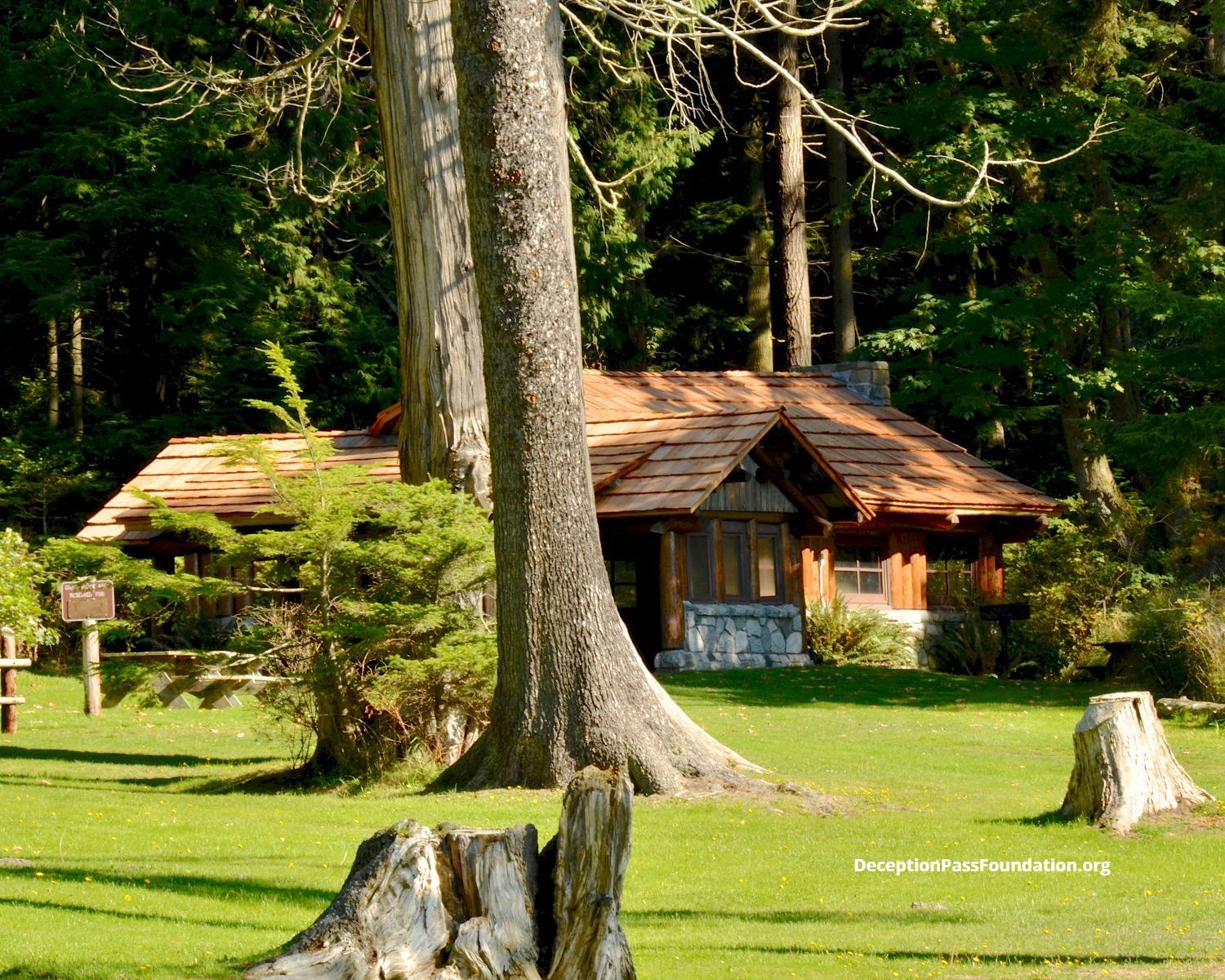
I’m looking forward to applying the Process of Interpretive Planning techniques at JSP in the coming months, as we bring more stories to life and provide engaging ways to connect with nature and each other through the arts.
This enriching professional development opportunity was funded in part by a grant from South Arts in partnership with the National Endowment for the Arts and through a scholarship from National Association for Interpretation.
About the Author
Karen Lanier is a teaching artist, environmental educator and nature writer who also serves as Josephine Sculpture Park’s Administrative Assistant.
Published October 12, 2023
